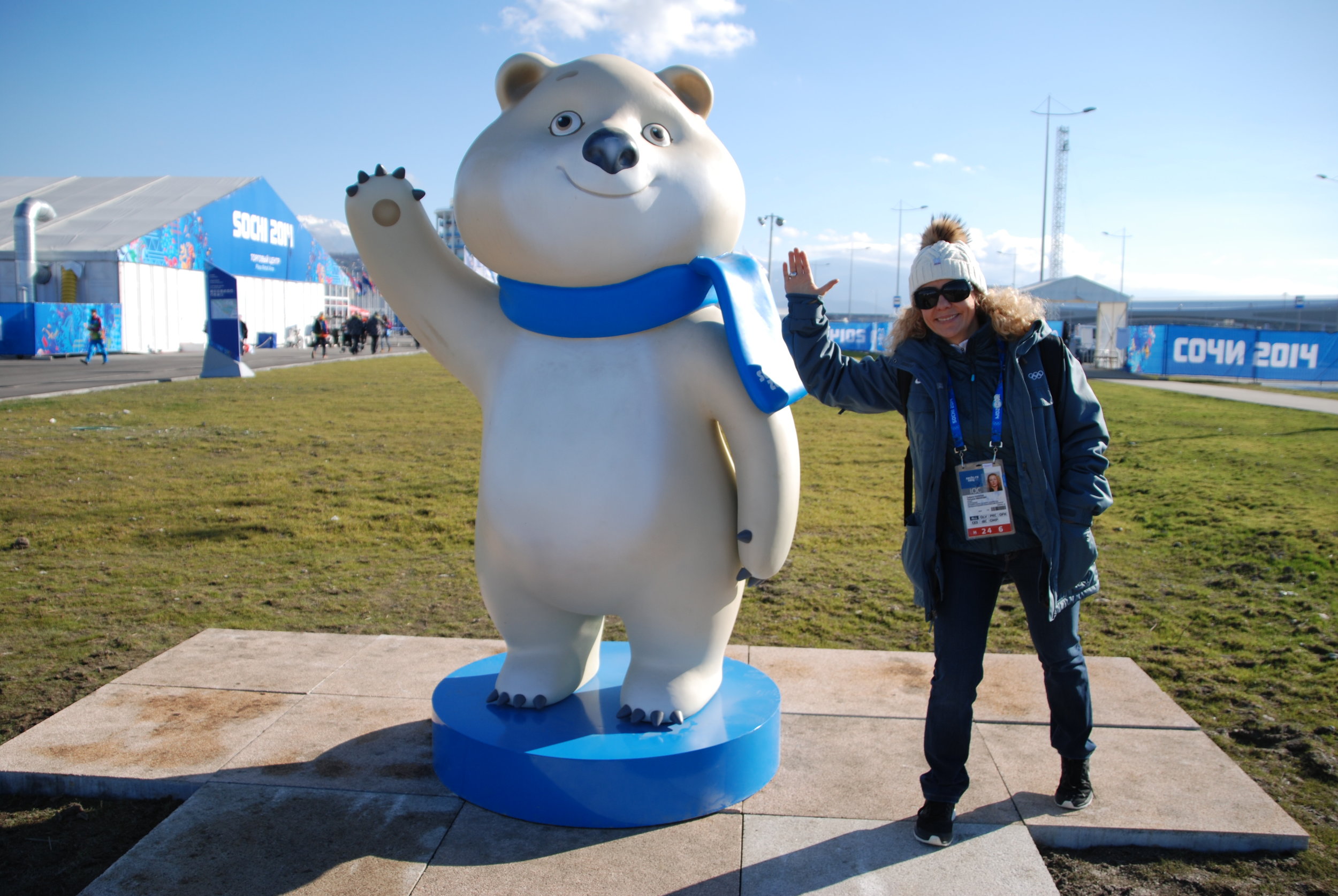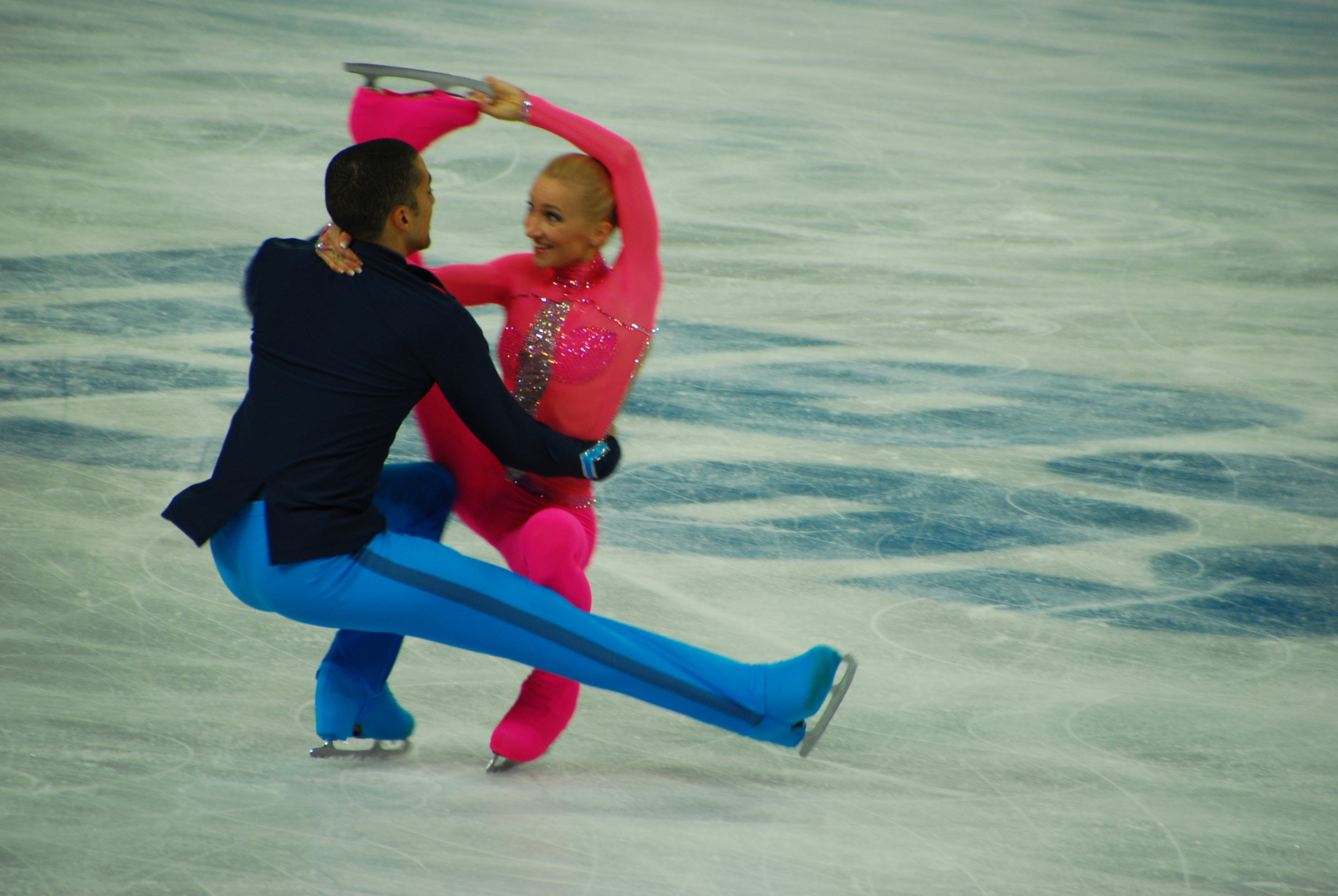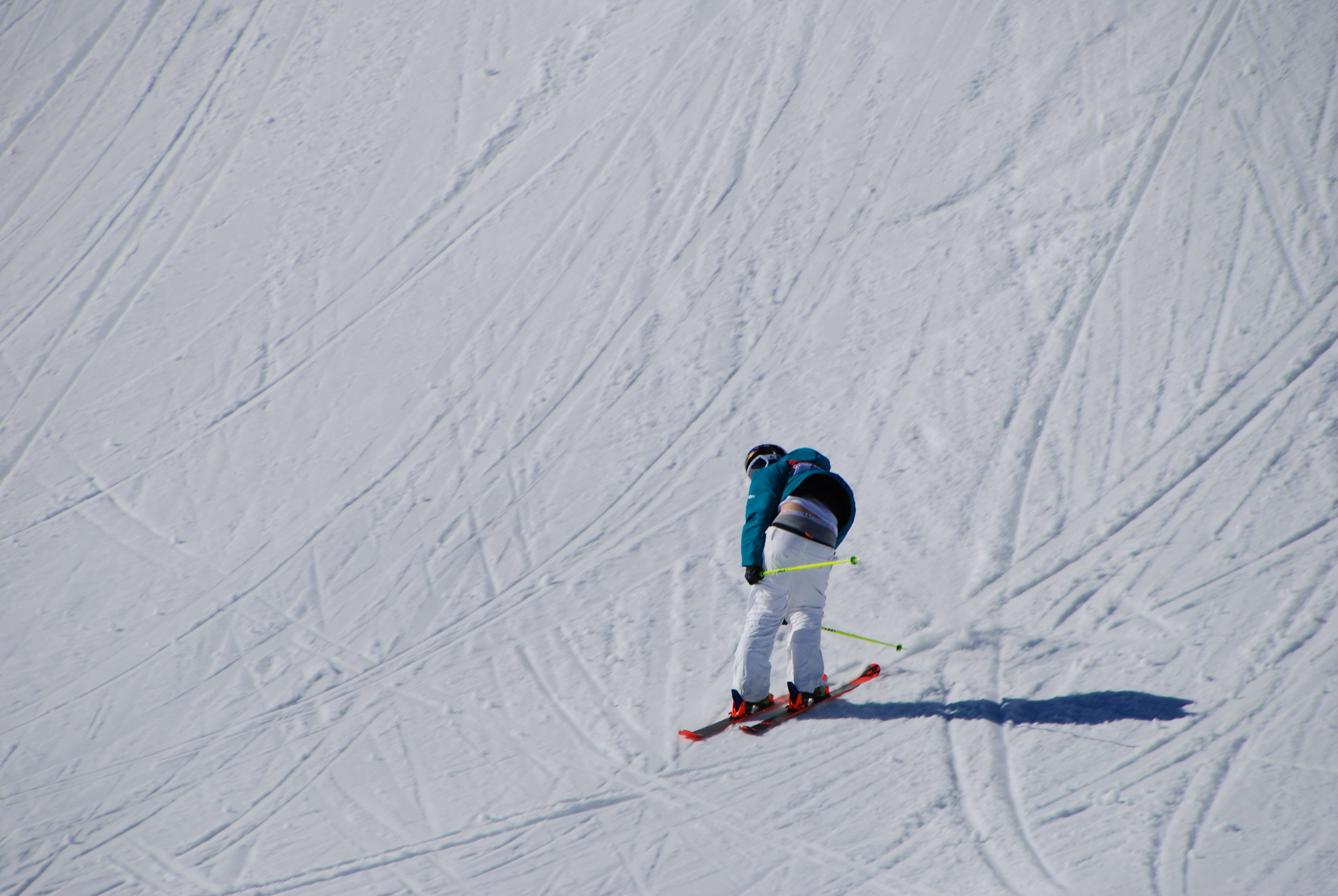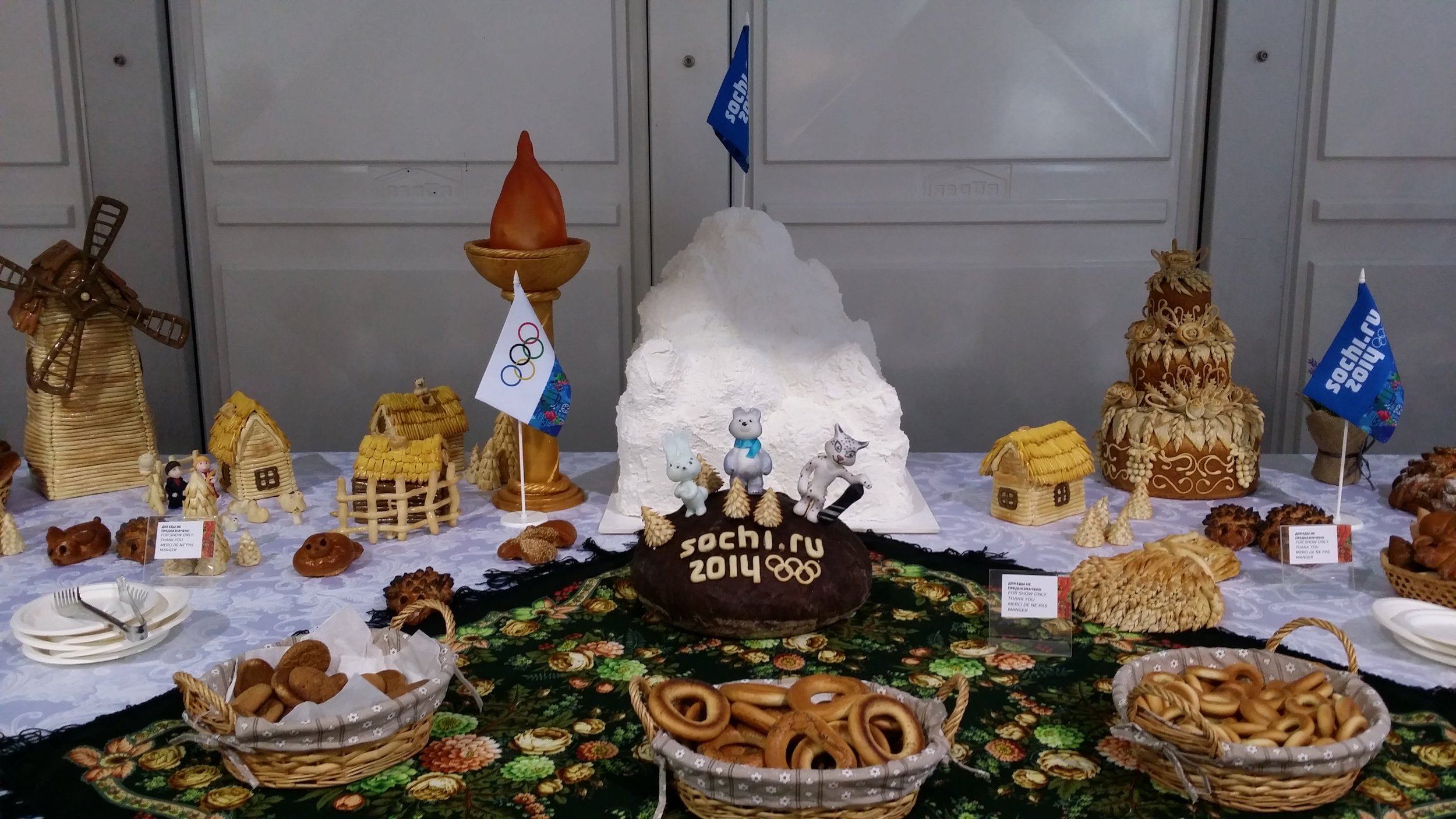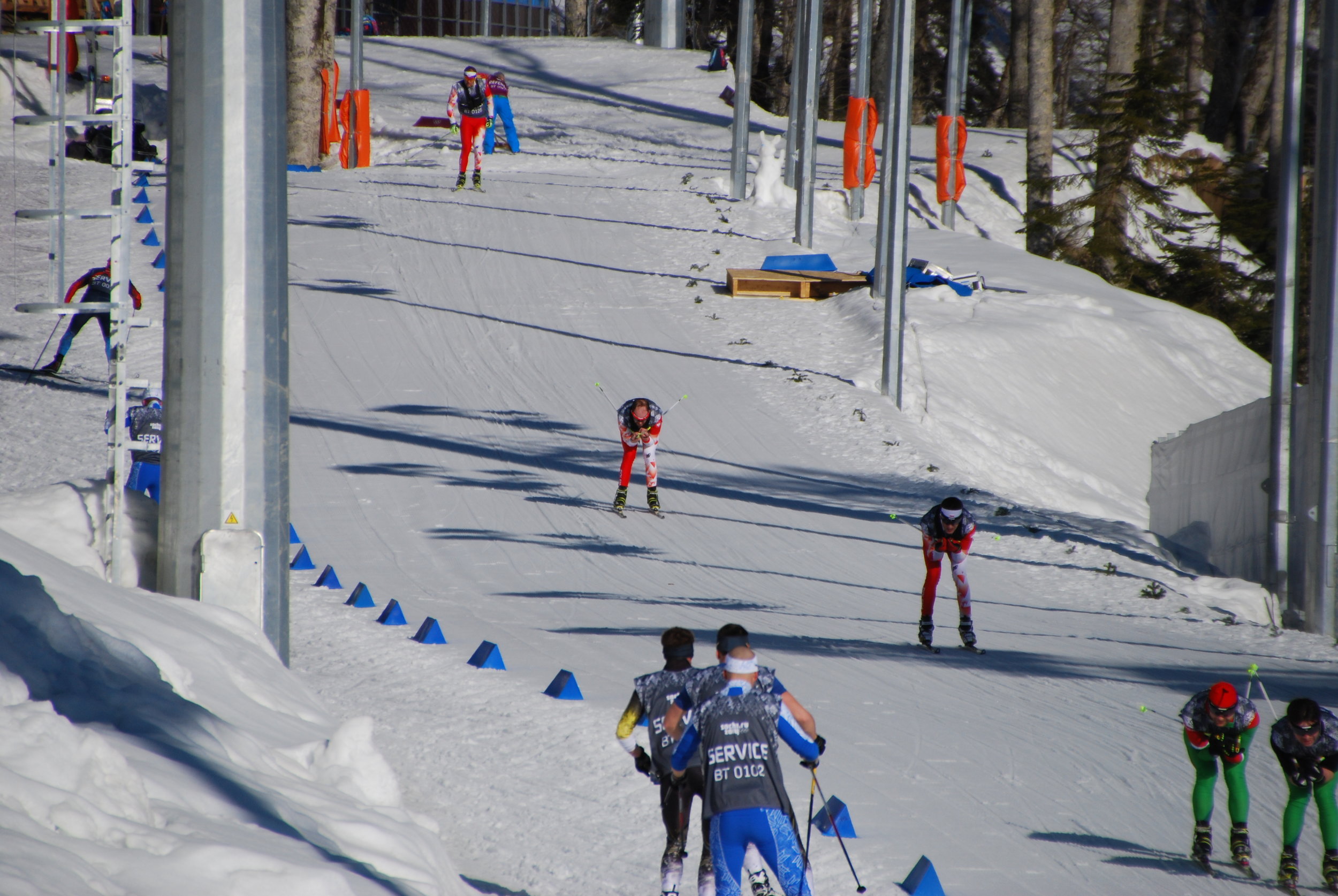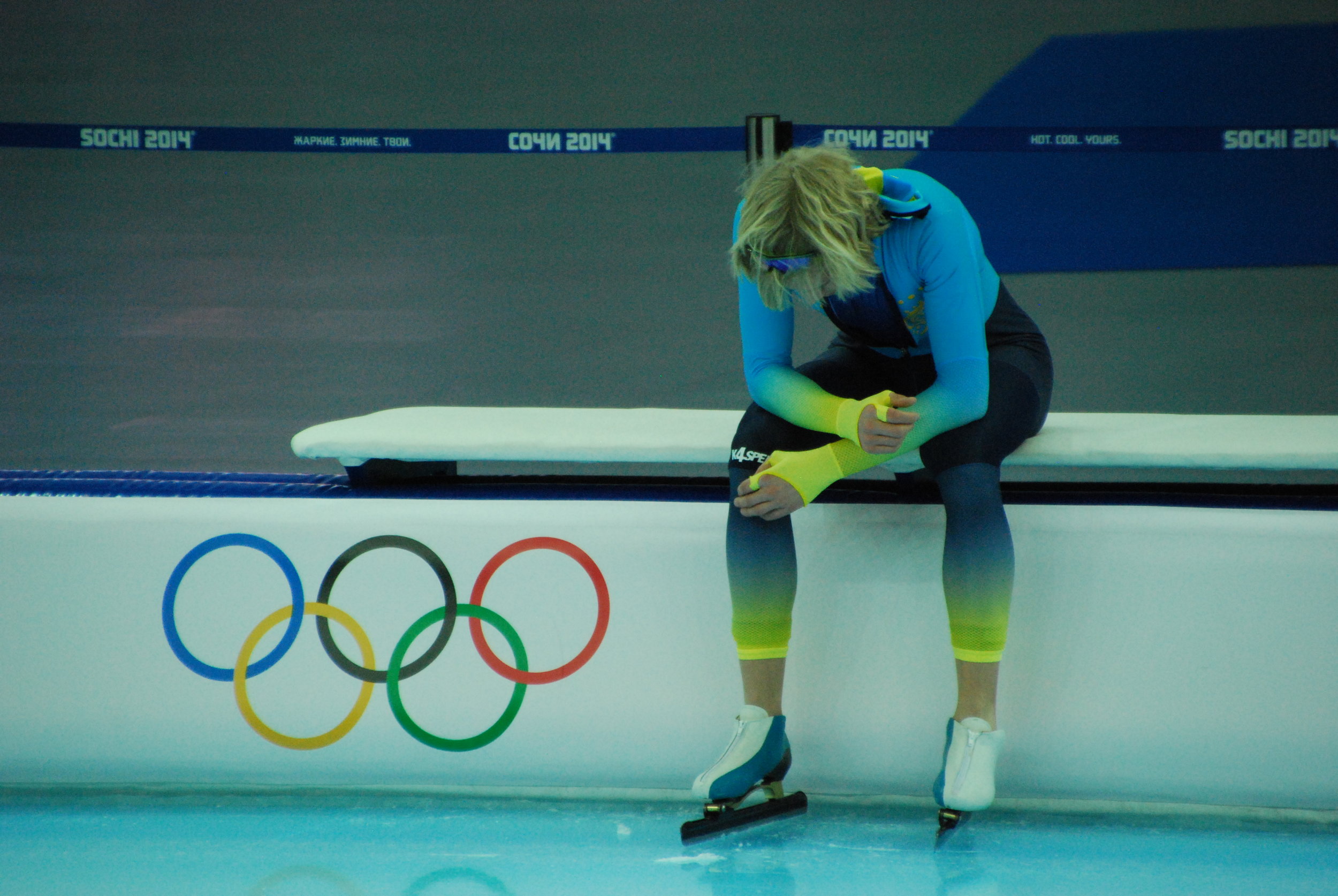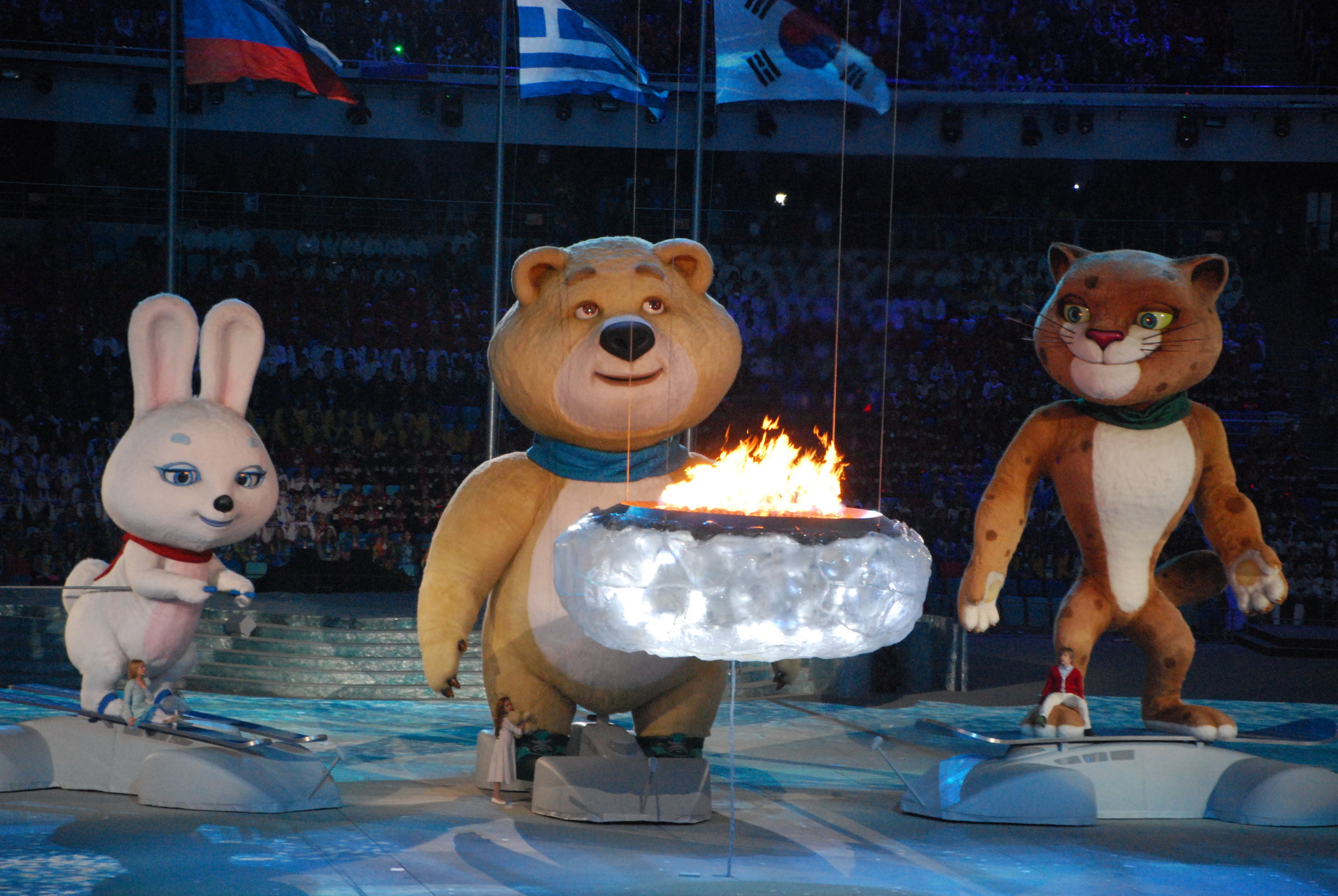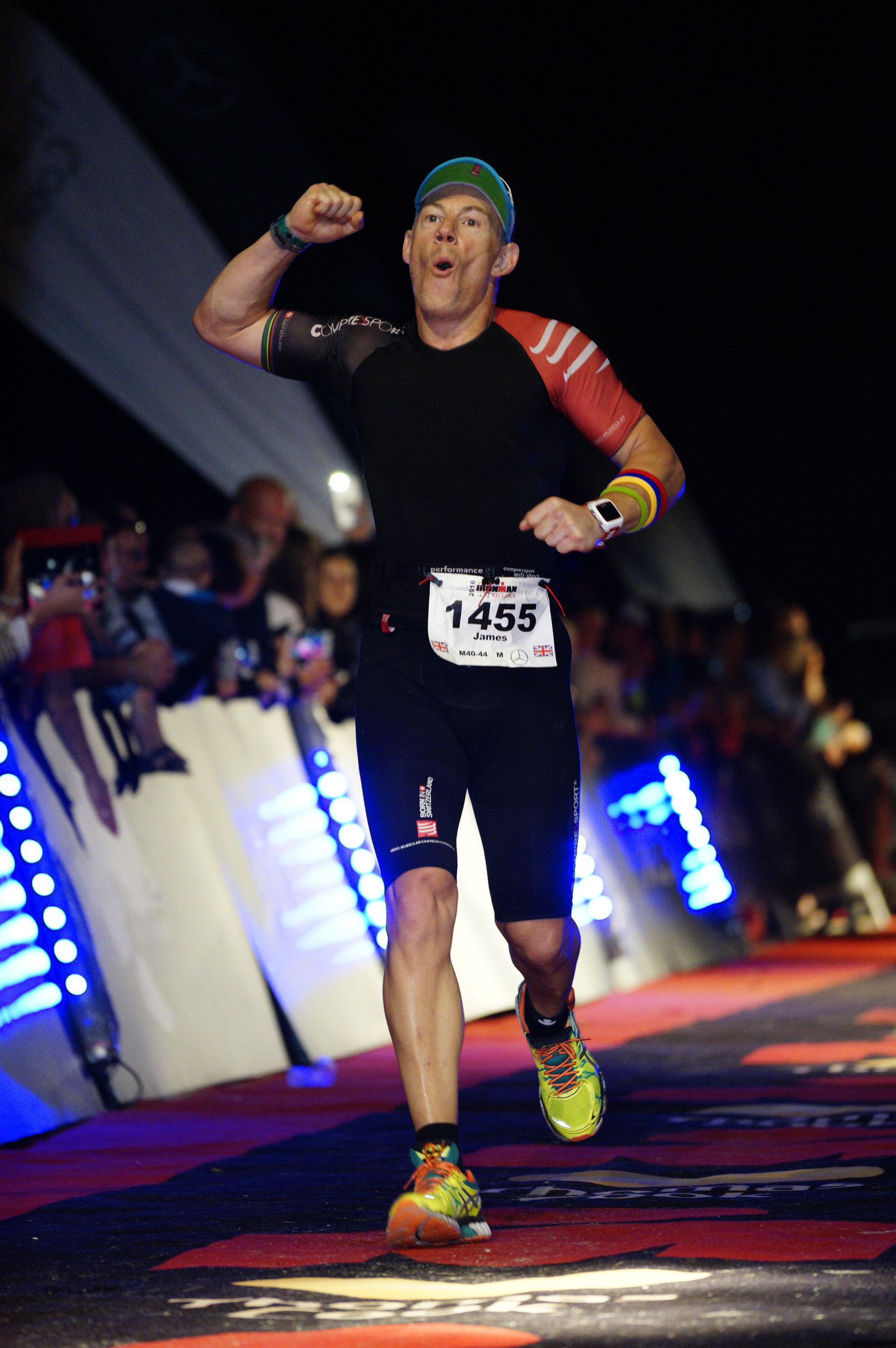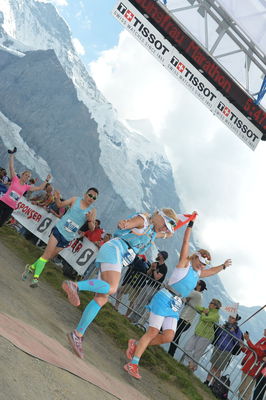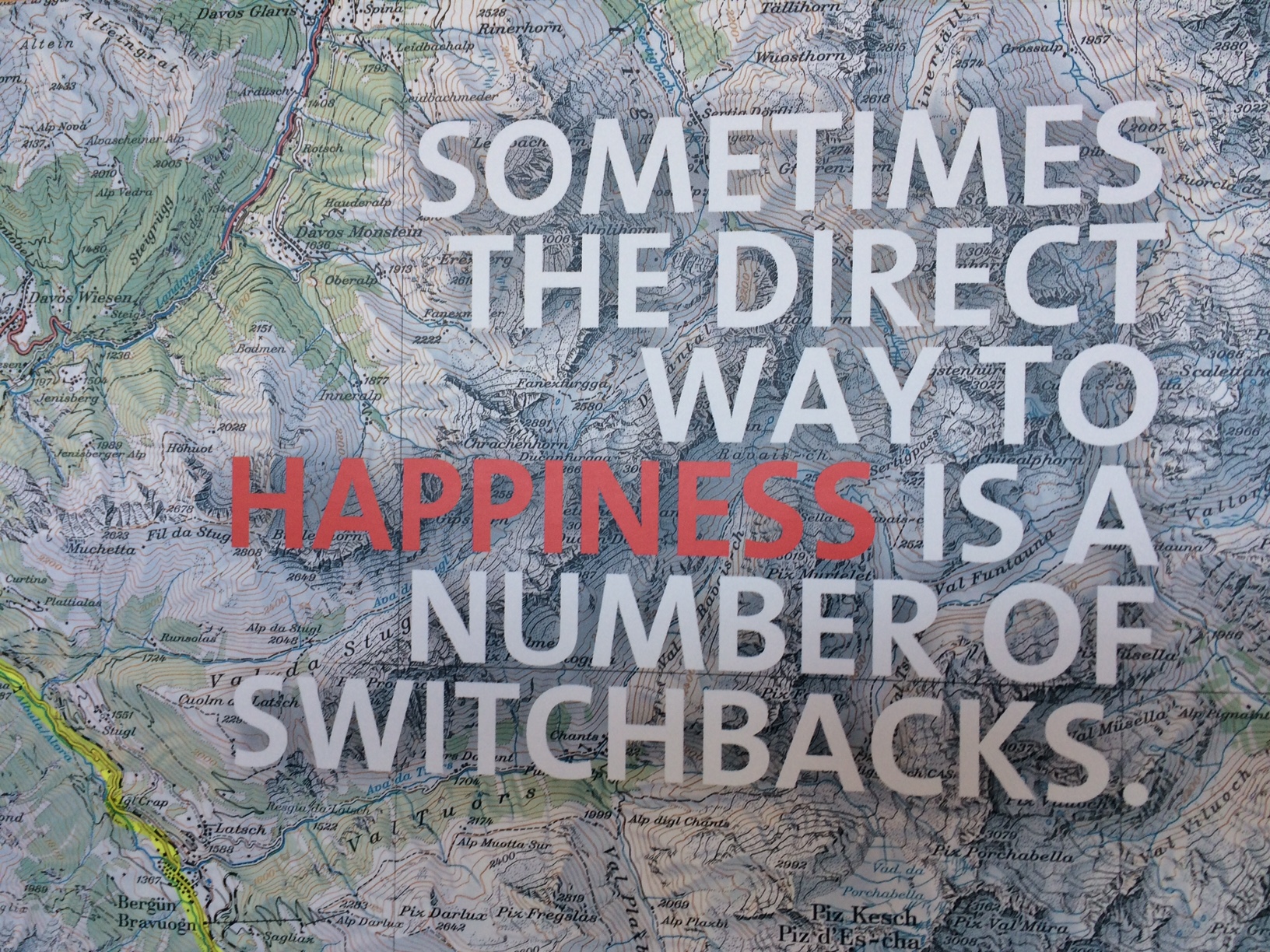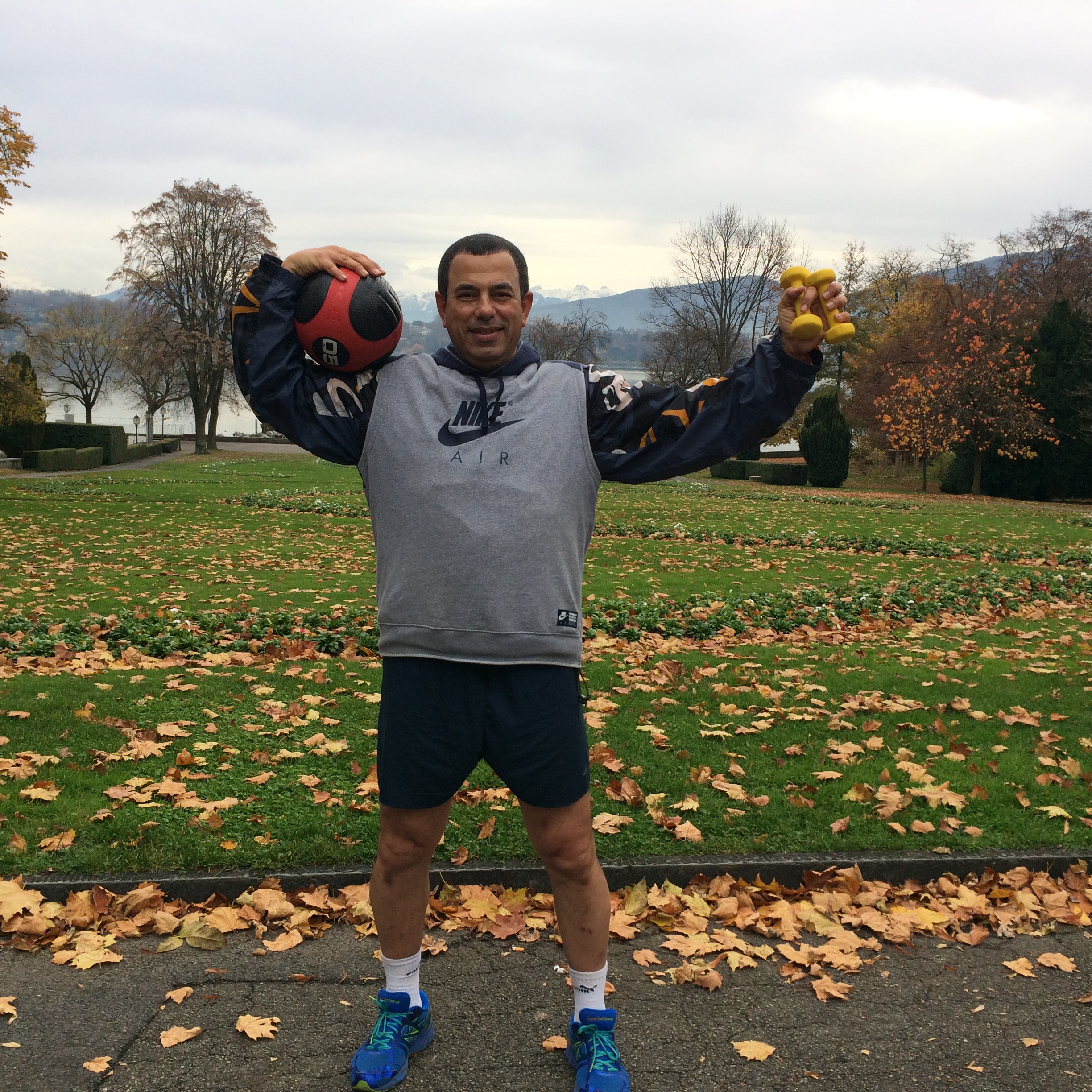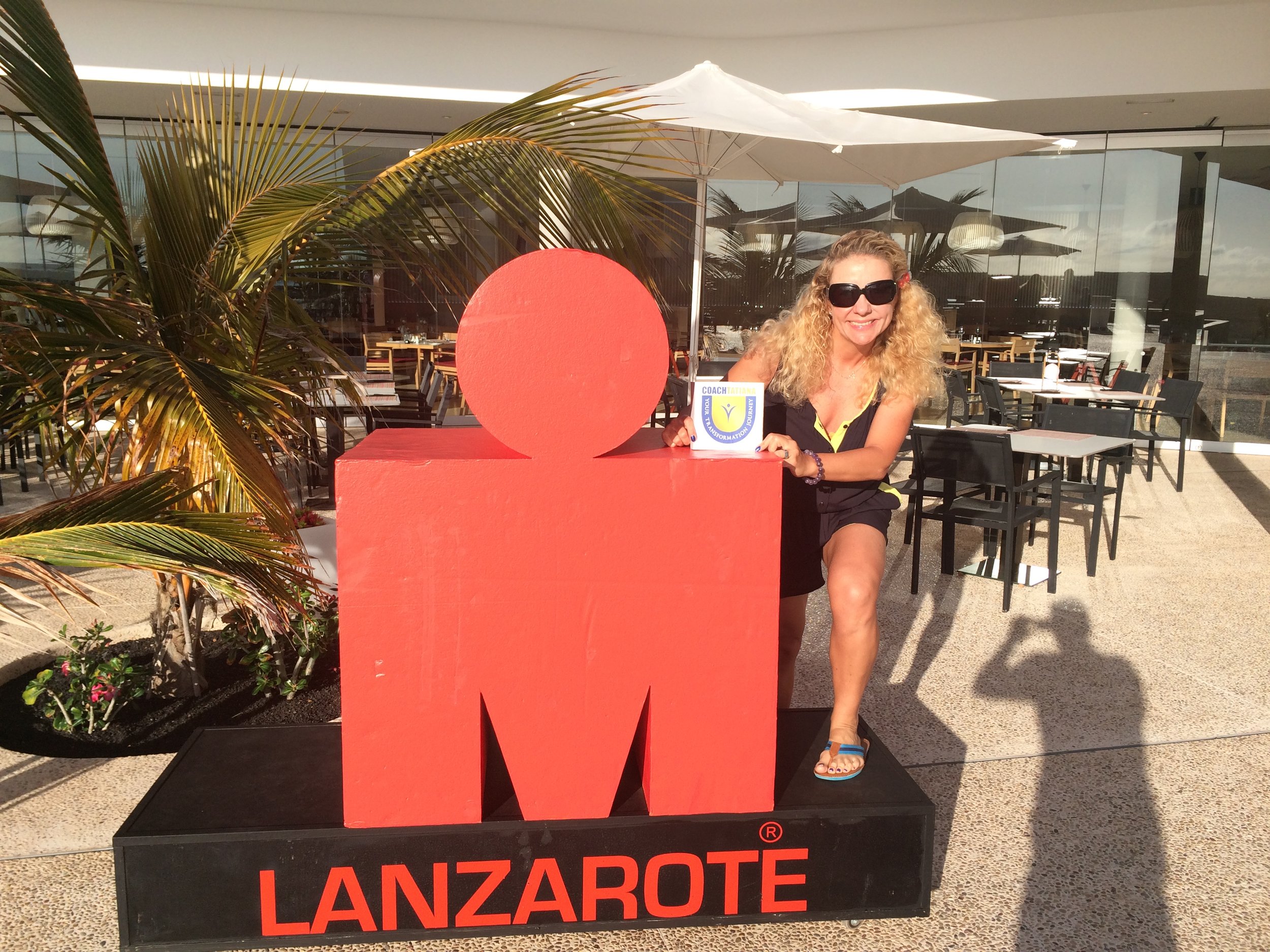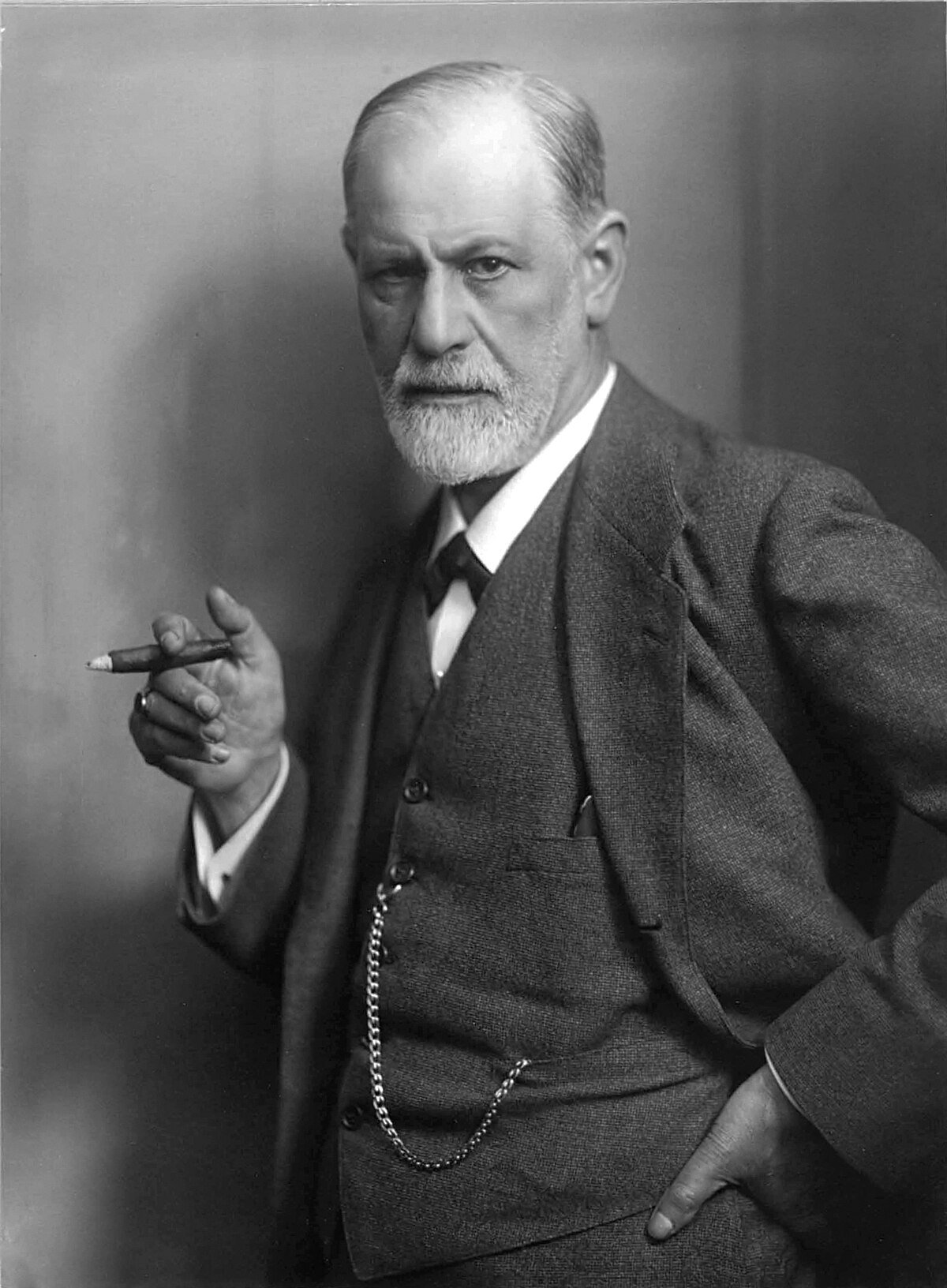February 2017 – high time to wake up from winter hibernation and get active. Oh, you started training already? Bravo to you! If not, well, there is still plenty of time to get into a good form for your summer races. In any case, by this time of the year, you should definitely know your A priority race for 2017 season - your sporting highlight of the year! Of course, everyone has a different priority and a different objective. Here is what my Athletes (and myself) have on our lists for 2017:
1) First Olympic triathlon, 2) First Ironman70.3, 3) Improve Ironman time, 4) Two ultra trails, 5) Set marathon PB, 6) Run first marathon, 7) Finish Swissman, 8) Qualify for Kona, 9) Raid Dolomites: 9 days and 40 cols, 10) Finish double Ironman!
An impressive list indeed! Chapeau for such motivating and challenging goals. I can confirm, everyone in my squad has started a very intentional and dedicated training. Because no matter which race, challenge or what kind of distance or altitude you choose, we all need to be prepared and motivated when we stand on the starting line – and we need to respect and love the race too!
If this is not your first season training, I have a question to you - what will you do differently this time?
I have some ideas for you. Most of them are inspired by my conversations with two greats of triathlon training: Joe Friel, the author of legendary “Training Bible” and Brett Sutton, the most successful triathlon coach and maker of Olympic and multiple Ironman champions. Plus my coaching experience and some crazy personal experimenting in 15 years of racing – with a added spin of creative learning from everywhere - you get the origin story for these ideas!
Here we go, this that we will do differently in my squad in 2017 - and some crazier things that I urge you to try out:
1. We will do shorter and more intensive sessions – we have busy lives and we want highest quality of training with max impact on our fitness and performance. Being fully present and concentrated during these sessions will be key.
2. We will do a lot of “whoosh-whoosh” power swimming with paddles and pullbouys. Thank you, Brett, for the “science of a paddle” and the mantra: “place, press, push – make my swimming go whoosh!”
3. Stomp, stomp, stomp! If you are not a professionally trained cyclist, then maybe a high Lance-like cadence is not your thing. Developing full circle, “round” and powerful pedalling over "dead zones" takes years of practice and loads of track sprint training. This technique uses a lot of leg power – also fatiguing the muscles triathletes need for running after the bike. So why not trying “stomping”? Meaning focus on downstroke pedalling and letting your leg come in the upstroke almost without any effort. Low cadence - big power output. Stomp, stomp, stomp!
4. The only way is up! We will run and bike uphill a lot. Short and sweet, long and tiring - hills win!
5. TUF running: Let us be realistic – your graceful 100m running style will not cut it for the marathon.. so we need to adopt the most efficient technique you can maintain for hours – we call it “technique under fatigue”. And we will train our core muscles (a lot) to ensure solid "frame" support for our running.
6. Double bubble – how about a double run, double swim or double bike per day? Just from time to time, to trigger faster adaptations in our form.
7. Triple crown – Or even better – ever tried 3 swims or runs per day? Sounds like a lot – but will you manage to do 3x45min running per day? Of course! Actually, almost everyone will - but there is a huge ROI on such training. Again, let us surprise our system and get a kick out of it!
8. Fasted – sorry, boys and girls, but we need to fire our lipid energy production to go long… So we will need to teach our body to use fat as an energy source more efficiently. Hence, fasted run and bike sessions before the breakfast.. As the 1st session of 2 or 3 :-)
9. Indoors vs outdoors – Everyone seems to prefer training outdoors, but turbo bike and treadmill will need to become our dear friends. They help us train very precisely and very efficiently (see Nr 1). They are also safe options to take advantage of the educational value of exercise (see Nr 13).
10. Harmony – maybe this is me being obsessed with numbers… but I do like harmony in workouts very much, where it makes sense of course. For example: harmony is when your swim warm-up is exactly the same as your cool-down and you have an even number of sets as a main set to make it a perfect “sandwich training”. Or your brick is “ride 100km – run 10km”. Or you run 20km on each 20th of the month and swim 5km on each 5th of the month – you get the idea... Yes, it makes it look better on paper and your TrainingPeaks, but it also creates a feeling of completeness and thus an additional stimulus not to cut short any part of it.
11. Belly dancing – Well, triathletes do not really have bellies.. But still, I believe in borrowing ideas from everywhere and this one might surprise you – but belly dancing has some absolutely unique moves for engaging and working your deep core muscles and improving mobility of your spine. Just try to make an “eight” – or infinity sign – with your hips and then with your chest – in both directions... Tip: start practicing at home before you do it in public - and yes, boys should/can do it too.
12. Classical music – Music is the only legal and official performance enhancer. Some running races even allow wearing headphones in a race. Well, many athletes exercise with music, even swim with it (aka Swimbot). Rock, pop, maybe jazz…. But ever tried classical music? Truly magical for long and steady workouts. Just don’t cry because of its beauty (happened to me actually ..)
13. Books, books, books – the Educational value of training ultra long – I like listening to books and podcasts when I ran – or ride indoors or on lonely roads (with one earphone only!). If you go for a really long training, like several hours, you can actually listen to a whole book. Just to give you an idea of the duration for some of the audiobooks in my library which make my runs and rides both academic and entertaining: One unit of Japanese is 30-35 minutes, “Animal Farm” is 3hrs 13 min, “Great Gatsby” is 4hr 50min., “Happiness Hypothesis” is 12hrs, “Born to Run” is 13hrs, “Thinking: Fast and Slow” is 20hrs, “Capital in the 21st century” is 1 day and “Infinite Jest” is 2.5 days… Who is training for a triple Ironman? J
Happy training 2017!!!



